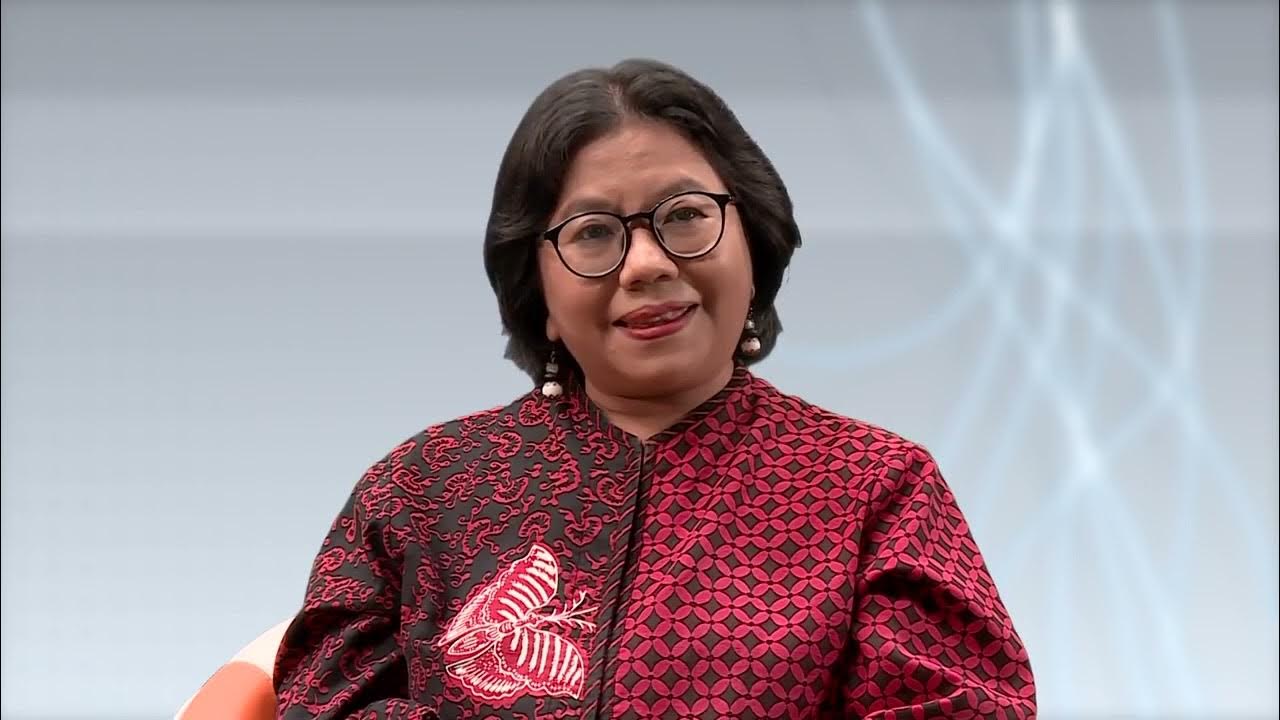3 STRATEGI PEMBELAJARAN BERDIFERENSIASI
Summary
TLDRThis video script focuses on three key strategies for differentiated instruction in the classroom: content, process, and product differentiation. It explains how to adjust what is taught, how students learn, and how students demonstrate their understanding to meet diverse learning needs. Content differentiation involves tailoring materials based on readiness, interest, and learning profiles. Process differentiation adapts how students engage with the material, while product differentiation allows for varied ways of demonstrating learning. The goal is to provide personalized support, ensuring all students can engage meaningfully with the content and demonstrate their understanding effectively.
Takeaways
- 😀 Differentiation in teaching is essential for addressing the diverse needs of students, focusing on readiness, interest, and learning profiles.
- 😀 The three main strategies for differentiation in the classroom are: content differentiation, process differentiation, and product differentiation.
- 😀 Content differentiation involves adapting the material based on student readiness, interest, and learning profiles to ensure all students can access the lesson effectively.
- 😀 Teachers can use an 'equalizer' tool to assess student readiness, deciding if students need foundational or transformative materials for learning.
- 😀 For younger or less advanced students, concrete learning materials (e.g., manipulatives) should be provided to help them understand basic concepts before moving to abstract thinking.
- 😀 Differentiating content based on student interest, such as providing different texts or topics, helps engage students and makes learning more relevant to them.
- 😀 Students with different learning styles (e.g., visual or auditory learners) may benefit from content presented in ways that align with their learning preferences.
- 😀 Process differentiation refers to how students engage with the material and the level of support they require, whether through independent work or group activities.
- 😀 Teachers should adjust the level of guidance provided to students based on their needs, using strategies such as scaffolding, flexible grouping, or task variation.
- 😀 Product differentiation allows students to demonstrate their understanding in various ways (e.g., essays, presentations, or projects), and should reflect both the learning goals and individual student needs.
Q & A
What is differentiated instruction?
-Differentiated instruction is an approach where teaching is tailored to meet the diverse needs of students, taking into account their readiness, interests, and learning profiles.
How can content be differentiated in the classroom?
-Content can be differentiated by adjusting the material based on students' readiness, interests, and learning profiles. This includes providing foundational or transformational content, and adapting content to different learning styles.
What is the purpose of using the 'equlizer' in differentiating content?
-The 'equlizer' helps teachers measure students' readiness for learning. It aids in determining the type of material to offer—whether foundational or transformational—based on students' current level of understanding.
How does readiness affect content differentiation?
-Readiness affects content differentiation by ensuring that students receive material suited to their level of understanding. Less ready students get foundational content, while more advanced students are given challenges to deepen their knowledge.
Can content differentiation be based on student interests? How?
-Yes, content differentiation can be based on student interests by offering various texts or topics related to what students enjoy. For example, when studying narrative texts, teachers can provide materials on topics that align with students' personal interests.
What role do learning profiles play in content differentiation?
-Learning profiles influence how content is presented. For instance, visual learners may benefit from diagrams or images, while auditory learners may perform better with audio resources.
What is process differentiation and how can it be implemented?
-Process differentiation refers to how students approach and engage with learning. It can be implemented by varying the level of support, using guided questions, and allowing students to work independently or in groups, based on their needs.
What are some ways to differentiate the learning process for students?
-Differentiating the learning process can include offering scaffolded learning, providing guided questions related to students' interests, creating flexible groupings based on readiness, and allowing for different time frames to complete tasks.
How can product differentiation be used in the classroom?
-Product differentiation involves varying the final output expected from students, allowing them to express their learning in different formats (e.g., essays, presentations, projects). It also includes providing different levels of challenge and offering students choices in how they demonstrate their learning.
Why is it important for teachers to set clear expectations for differentiated products?
-It is important for teachers to set clear expectations for differentiated products to ensure that all students understand the quality, content, and format of the final product. This helps maintain consistency and ensures that the products meet learning objectives.
Outlines

This section is available to paid users only. Please upgrade to access this part.
Upgrade NowMindmap

This section is available to paid users only. Please upgrade to access this part.
Upgrade NowKeywords

This section is available to paid users only. Please upgrade to access this part.
Upgrade NowHighlights

This section is available to paid users only. Please upgrade to access this part.
Upgrade NowTranscripts

This section is available to paid users only. Please upgrade to access this part.
Upgrade NowBrowse More Related Video

Strategi Pembelajaran Berdeferensiasi

MENGENAL PEMBELAJARAN DIFERENSIASI | Strategi Pembelajaran Berdiferensiasi

Differentiated Instruction: Why, How, and Examples

Classroom Activities For Differentiated Instruction

JUARA 1 VIDEO PEMBELAJARAN BERDIFERENSIASI | BAGIAN-BAGIAN RUANGAN RUMAH DAN FUNGSINYA | KELAS 1 SD

Strategi Pembelajaran Berdiferensiasi | Seri Guru Penggerak
5.0 / 5 (0 votes)